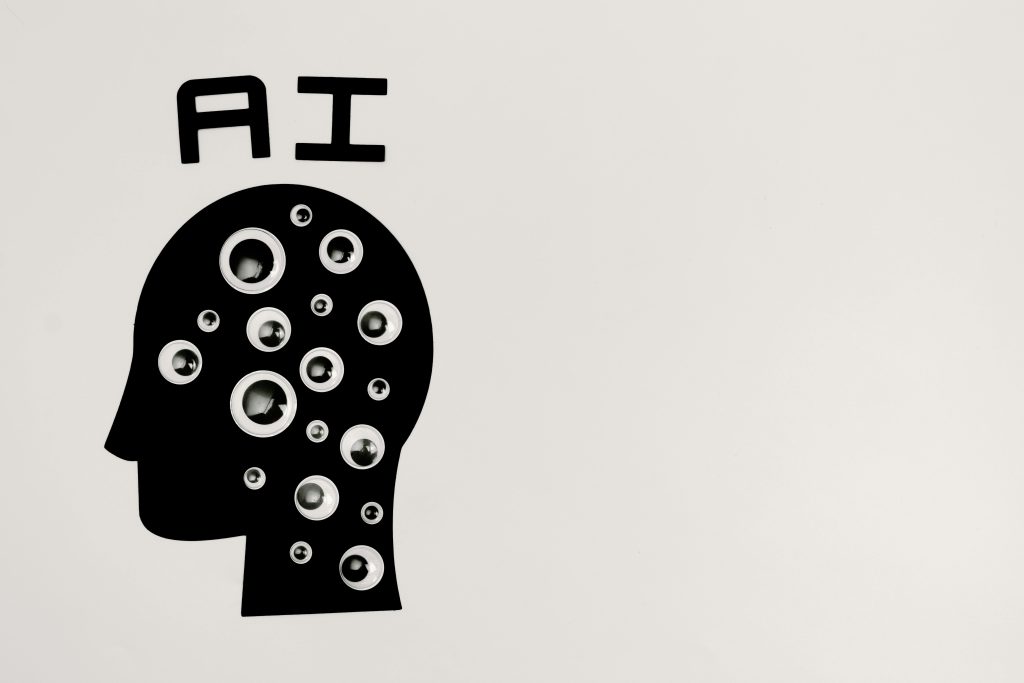Artificial Intelligence (AI) has moved beyond science fiction and become an integral part of modern life. From personal assistants like Siri to AI-powered analytics in big business, AI is changing how we work, live, and make decisions. But one of the most profound impacts is on employment and the global economy. As automation becomes more capable, efficient, and widespread, the question isn’t whether jobs will change—but how.
AI’s Rise in the Workforce
AI’s ability to perform repetitive, data-heavy, and even creative tasks is revolutionizing industries. In manufacturing, AI-enabled robots streamline production. In customer service, chatbots handle queries around the clock. In finance, algorithms make decisions in milliseconds. These technologies don’t just support humans—they often replace them.
A striking example comes from Klarna, the Swedish fintech giant. According to its CEO, the company’s workforce has shrunk from 5,500 to 3,000 in two years, primarily due to AI efficiencies. This mirrors a broader trend where AI reduces headcount while increasing output.
The Economic Upside: Efficiency and Innovation
While the displacement of workers is concerning, AI also brings economic advantages. Businesses benefit from lower labor costs, fewer errors, faster turnaround times, and new capabilities like 24/7 operation. These efficiencies boost productivity and innovation, leading to better services and sometimes even new job categories.
AI also opens doors in data science, machine learning engineering, prompt engineering, and AI ethics—roles that didn’t exist a decade ago. The World Economic Forum predicts AI will create 97 million new jobs by 2025, offsetting many of the losses in traditional sectors.
Job Displacement: A Growing Concern
The downside is hard to ignore. White-collar roles—once thought immune to automation—are increasingly under threat. Legal assistants, accountants, writers, and even software developers now face competition from machines. Unlike previous industrial revolutions, AI threatens both manual labor and knowledge work.
This disruption could contribute to social inequality, especially for workers without the resources or time to retrain. If large portions of the workforce become redundant, consumer spending—the backbone of most economies—could decline, possibly triggering recessions.
The Skills Gap and the Reskilling Imperative
As demand for traditional jobs falls, new opportunities are emerging—but many workers aren’t prepared. There’s a growing skills gap between what the labor market needs and what workers can offer. Digital literacy, critical thinking, adaptability, and emotional intelligence are becoming vital.
Governments and private organizations must invest in upskilling programs. Online platforms like Coursera, Udemy, and LinkedIn Learning are leading the charge, but access remains uneven. Reskilling needs to be faster, cheaper, and more inclusive if we’re to keep up with AI’s pace.
Economic Polarization: Winners and Losers
AI benefits those with capital and technical expertise. Tech giants and startups alike can scale quickly using AI, often at the expense of smaller competitors. Meanwhile, lower-income workers face greater risks of displacement.
This leads to economic polarization: a world where a small group thrives while many others struggle. To avoid deepening inequality, governments may need to consider policy innovations like universal basic income (UBI), job transition support, and stronger safety nets.
Ethical and Regulatory Considerations
Beyond economics, there are moral questions. Who is accountable when an AI makes a mistake? How do we ensure transparency in hiring algorithms or financial decisions? What rights do workers have when replaced by a machine?
Countries are beginning to act. The European Union has proposed AI regulations to address transparency, bias, and accountability. In the U.S., local governments are exploring AI audit laws to monitor fairness in recruitment. Businesses that adopt AI responsibly and ethically will be better positioned for long-term success.
Preparing for a New Era
To thrive in the age of AI, a proactive approach is essential. Here are key strategies:
- For Workers:
- Embrace lifelong learning.
- Develop human-centric skills like creativity and empathy.
- Stay informed about industry trends and opportunities.
- For Businesses:
- Invest in training programs.
- Use AI to augment, not just replace, human roles.
- Build cross-functional teams to foster innovation.
- For Policymakers:
- Encourage public-private partnerships for reskilling.
- Offer incentives for ethical AI development.
- Monitor economic shifts and adjust policy quickly.
AI is neither a villain nor a savior—it’s a tool. Like every technological leap before it, AI will disrupt some sectors and create new ones. The challenge is not to stop it, but to manage the transition wisely.
By understanding the changes, addressing the risks, and embracing the opportunities, we can shape an economy that’s not only efficient, but also inclusive and resilient.
The future of work isn’t something to fear. It’s something to prepare for—and if we do it right, it may just be the most exciting chapter yet.
